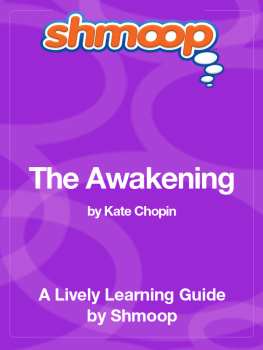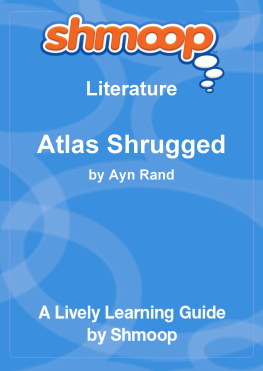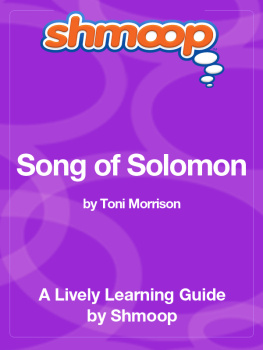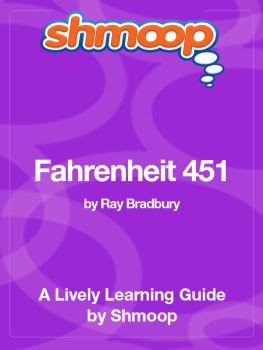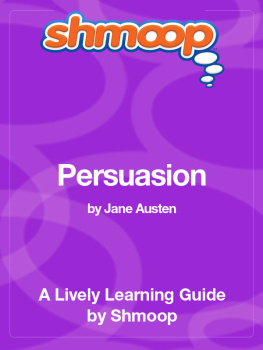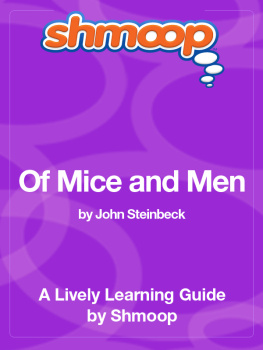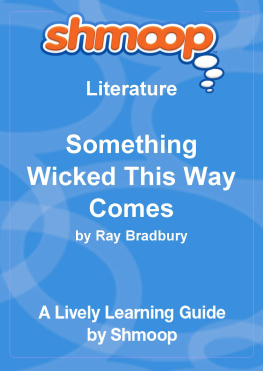
Table of Contents
In a Nutshell/Overview
The Awakening is a novel by American novelist Kate Chopin about a woman's transformation from an obedient, traditional wife and mother into a self-realized, sexually liberated and independent woman. Despite the book's place in the current literary canon (it's now a classic), when The Awakening was published in 1899 it received awful reviews. While reviewers acknowledged Chopin's masterful literary technique, they were absolutely shocked with the protagonist's independence and sexual liberation. This makes sense when you consider that women were not fully considered people at this time: Louisiana law still held that wives were the property of their husbands. Not surprisingly, The Awakening was "re-discovered" in the early 1970's (right around Second Wave feminism) and is now celebrated as a masterful insight into the mores of late nineteenth century society.
Why Should I Care?
Nowadays, Edna would be an artist - you know, paint always under her fingernails. She'd dig smocked dresses and the skinny jeans trend. Not to mention sexual liberation. But in The Awakening, Edna drowns. And that, more than anything else, tells you why you should care. Victorian society never gave Edna a real shot at personal fulfillment. Edna wants to be human, which, let's face it, who doesn't?
But what does it mean to be human anyway? Most obviously for Edna, it means not being Mr. Pontellier's possession. So being human equals not being an object. For Edna at least, being human means the right to independence regardless of societal restrictions.
Obviously, the notion of the individual versus society has lived on until this day. Even though our society may be more accepting than Edna's, individual choices frequently come into conflict with societal expectations. For instance, maybe you really want to be a stay-at-home dad, but everyone else in your life disagrees. Or you want to work as a photographer instead of as a lawyer. Edna would say: go for it.
Whats Up With the Title?
"The Awakening" is a phrase which symbolically describes what happens to the main character, Edna Pontellier, as she becomes an aware and conscious human being in the course of this book. What is she conscious of? Mostly the fact that her life has been constrained by her role in her family, and that there's more to Edna than wife and mother extraordinaire.
Writing Style
Controlled, Perceptive, Concise
From the first page of
The Awakening, Kate Chopin establishes her stylistic control over her words; she follows the formal rules of grammar. Her sentences are sharp and exact, and her word choice is always precise. Here's a typical Chopin paragraph - this one comes right at the end of Chapter One:
"Coming back to dinner?" his wife called after him. He halted a moment and shrugged his shoulders. He felt in his breast-pocket; there was a ten-dollar bill there. He did not know; perhaps he would return for the early dinner and perhaps he would not. It all depended upon the company which he found over at Klein's and the size of "the game." He did not say this, but she understood it, and laughed, nodding good-by to him. Chopin alternates between being very specific and somewhat vague in her narration; for instance, she may use several paragraphs to describe one object or one specific moment, or she may use one short sentence to sum up a lengthy, complicated event. We can assume, since we know Chopin's a master stylist, that she gives lots of details in order to emphasize an event or an object's underlying importance, and that she quickly summarizes the insignificant stuff so we don't waste much time thinking about it.
Tone
Somber, serious, and solemn
Chopin wrote
The Awakening in fairly formal prose that conveys a certain sense of gravity to the story. This seriousness is exacerbated by the novel's point of view - the third person omniscient point of view tends to be much more distant than, say, first person.
Narrator Point of View
Third Person (Omniscient)
What is going on with the narration? Often it seems completely objective: "They formed a congenial group sitting there that summer afternoon." Other times it focuses in on Edna's thoughts: "Mrs. Pontellier was beginning to realize her position in the universe as a human being, and to recognize her relations as an individual to the world within and about her." (There's no way a narrator pretending to be a fly on the wall would know that.) What takes this text from third person limited to third person omniscient, however, are the scenes where Edna is
not present.
Let's take a closer look at the scenes lacking Edna: the opening scene with Mr. Pontellier (and the parrot), the scene where Adele warns Robert to stay away from Edna, the scene where Mr. Pontellier seeks medical advice, and the last chapter with Victor and Mariequita's points of view. The non-Edna scenes show us the ways in which Edna is discussed/viewed by those close to her. This third person omniscient business, in other words, helps us understand Edna. In the opening pages of the novel, Mr. Pontellier views Edna as his property. During Adele's conversation with Robert, we see that Adele views Edna as a traditional woman who will take flirtation seriously. The last two non-Edna scenes, however, show us that Edna's behavior has become incomprehensible to those around her. Mr. Pontellier is convinced she's mentally unbalanced, and Victor and Mariequita are confused by her sudden appearance at Grand Isle and subsequent insistence on going for a swim.
Symbols, Imagery, Allegory
Birds
Several types of birds appear repeatedly in
The Awakening. We'll break it down for you.
The parrot and the mockingbird
At the start of the book, the parrot shrieks and swears at Mr. Pontellier. Now, we'll take a wild guess and say that the parrot represents Edna - or, more specifically, that it gives voice to Edna's unspoken feelings. Also, it's in a cage, which is a form of literal imprisonment that highlights Edna's figurative imprisonment.
The mockingbird, also caged, likely represents Mademoiselle Reisz with its odd markings and the whistling notes it produces. Moreover, we learn at the start of the novel that the mockingbird is perhaps the only one who's capable of understanding the parrot's Spanish. It's a stretch, but by the end of the novel, Mademoiselle Reisz is the only one capable of understanding Edna.
Caged birds in general are representative of women during the Victorian Era, who expected by society to have no other role besides that of wife and mother. It's reasonable to think of the women as living out their lives in gilded cages - present for decoration, given every comfort, and banned from any real freedom.
Mademoiselle Reisz's comment
She says to Edna that "the bird that would soar above the level plain of tradition and prejudice must have strong wings." In other words, you need courage to defy society.
Bird with the broken wing
As Edna is about to walk into the ocean, she sees "a bird with a broken wing... beating the air above, reeling, fluttering, circling, disabled, down, down to the water." This bird could represent Edna's failure to find freedom - her failure to "soar above the plain of tradition." The bird has a broken wing, yet Mademoiselle Reisz said it would need to have strong wings. Similarly, Edna clearly lacks those strong wings as she drowns in the sea.

